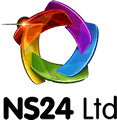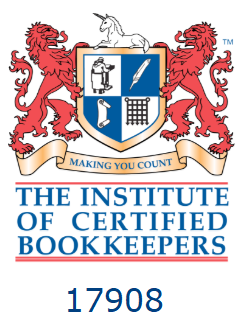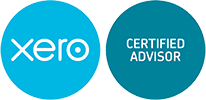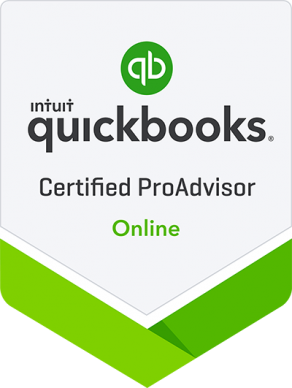The trading allowance - something for nothing?
If you earn a little income on the side, the trading allowance can exempt it from tax or reduce the amount payable. What types of income does it apply to and how does it work?

Trading allowance
In 2017 the government announced two completely new allowances out of the blue: the property allowance (PA) and the trading allowance (TA). We will only look at the latter here. We’ll get into the detail of the PA in a separate article.
The TA allows you to receive up to £1,000 of qualifying income tax and NI free - it’s as simple as that. But like all “simple” tax rules it comes with terms and conditions.
Qualifying income
The first point to note is that the TA doesn’t just apply to trading income, it also applies to miscellaneous income, i.e. that which is not already taxable under other rules. Essentially, this is income derived from an activity which doesn’t count as a trade but produces profit. For example, you help a neighbour to clear their garden for a one-off payment.
Non-qualifying income
The TA doesn’t apply to a partner’s share of partnership income. It’s also not given if you derive trading income from a partnership, say a fee for providing consultancy services, at a time when you’re a partner or have a connection with the partnership, e.g. you’re married to a partner. A similar block applies if you derive trading income from a close company (broadly, one that’s controlled by five or fewer people) in which you own or control shares or your spouse or a family member does. These rules prevent the TA being used to extract tax-free money from a company or partnership.
Partial allowance
The rules which determine how the TA is applied are fiddly, but in essence they say:
- it applies to the total of your trading income. If you have two different trades the TA can be split between them. How you allocate it is up to you
- if you use generally accepted accounting principles to work out profit on income, the TA doesn’t apply. The same is so if accounts are prepared using the cash basis. This means the TA won’t usually apply to income from self-employment that’s your only source, or one of your main sources, of earnings. The TA is aimed at ad hoc or minor trading income, such as selling on eBay
Money from selling your unwanted personal possessions doesn’t count as taxable income.
- the TA is deductible from income actually received, i.e. not from money you’re owed (debtors)
- for 2023/24 and later years income is that which you receive in a tax year and not that earned or received in the year/period for which you prepare your accounts for trading income.
The TA automatically applies to income of less than £1,000, but you can elect for it not to. You might do this where your tax-deductible expenses exceed the income, so that you can claim a tax deduction for the loss. You can also elect for it to apply where income is more than £1,000. This allows you to deduct the full £1,000 TA instead of your actual expenses.
Related Topics
-
Simpler Recycling rules take effect
New rules on how workplaces must sort their waste and recycling have taken effect from 31 March. What are the key changes to be aware of?
-
New CGT reporting tool
Self-assessment returns aren’t set up for the change in capital gains tax (CGT) rates on the government filing system and will require a manual adjustment for 2024/25 to ensure the correct amount is paid. Why is there a problem and can a new online tool help?
-
MONTHLY FOCUS: THE ENTERPRISE INVESTMENT SCHEME QUALIFYING CONDITIONS
The enterprise investment scheme (EIS) is a generous collection of tax reliefs aimed at encouraging private investment into relatively young companies. In this Focus, we look at the qualifying conditions relating to the investor and the issuing company that must be met in order for a claim for relief to succeed.





 This website uses both its own and third-party cookies to analyze our services and navigation on our website in order to improve its contents (analytical purposes: measure visits and sources of web traffic). The legal basis is the consent of the user, except in the case of basic cookies, which are essential to navigate this website.
This website uses both its own and third-party cookies to analyze our services and navigation on our website in order to improve its contents (analytical purposes: measure visits and sources of web traffic). The legal basis is the consent of the user, except in the case of basic cookies, which are essential to navigate this website.